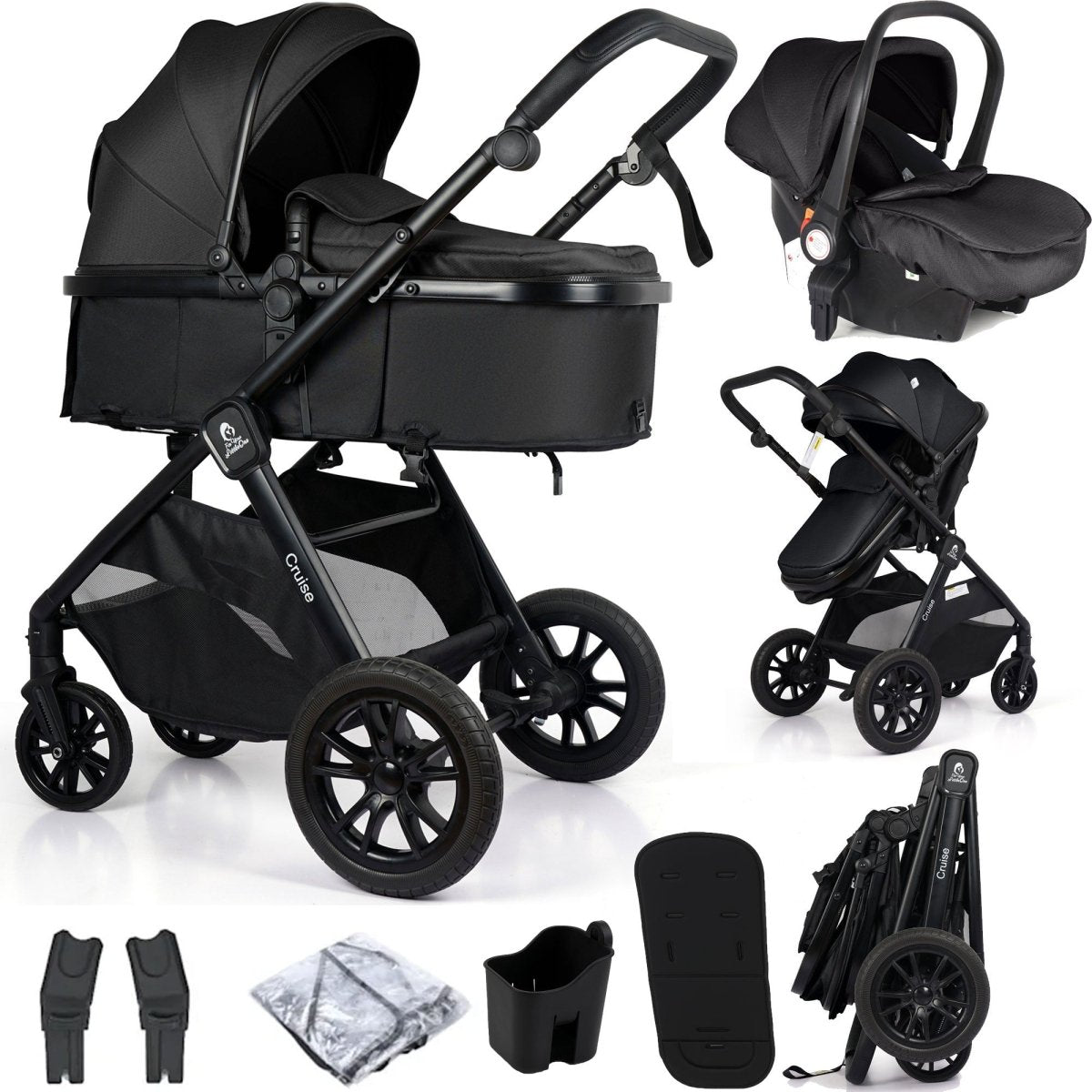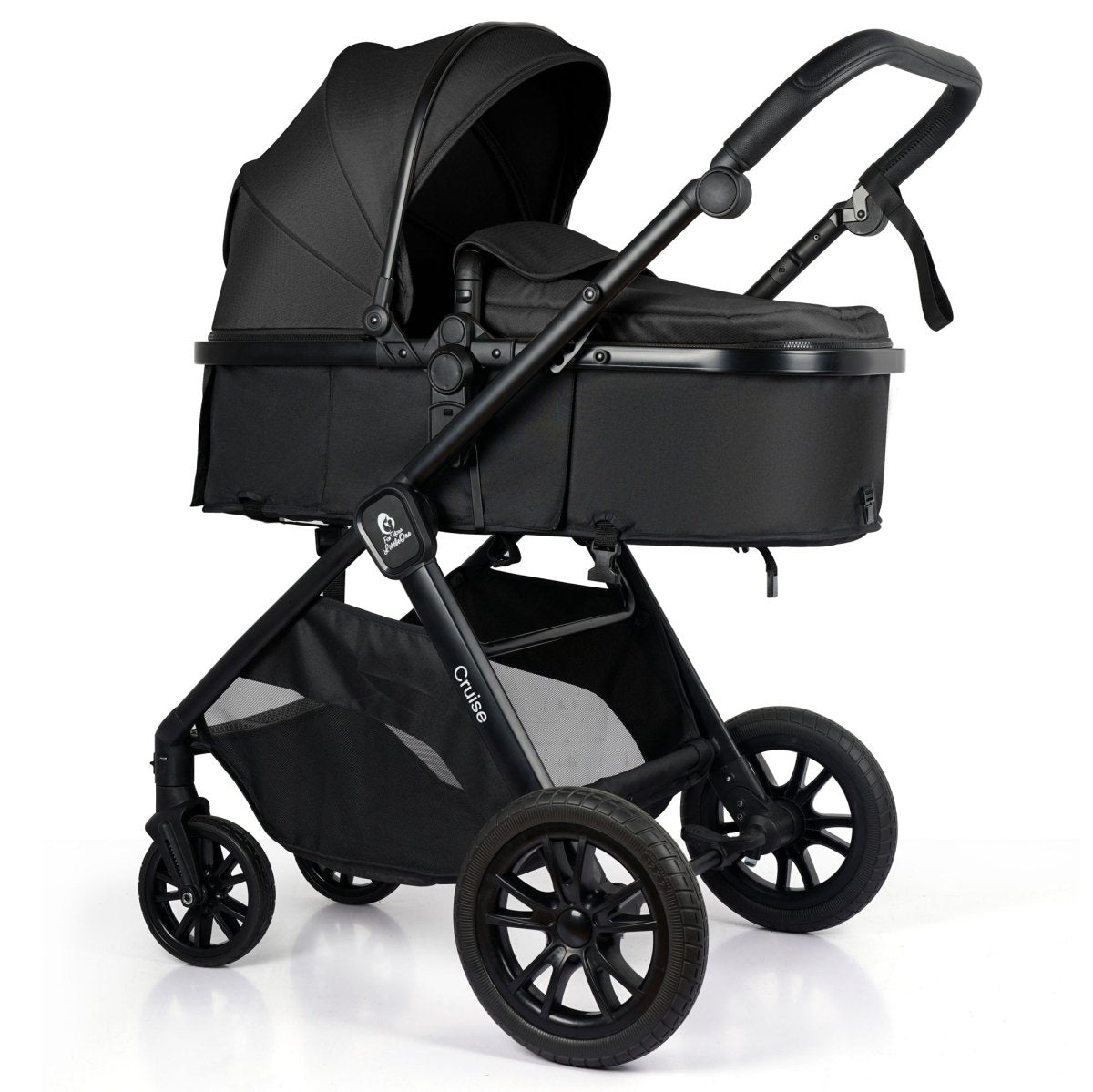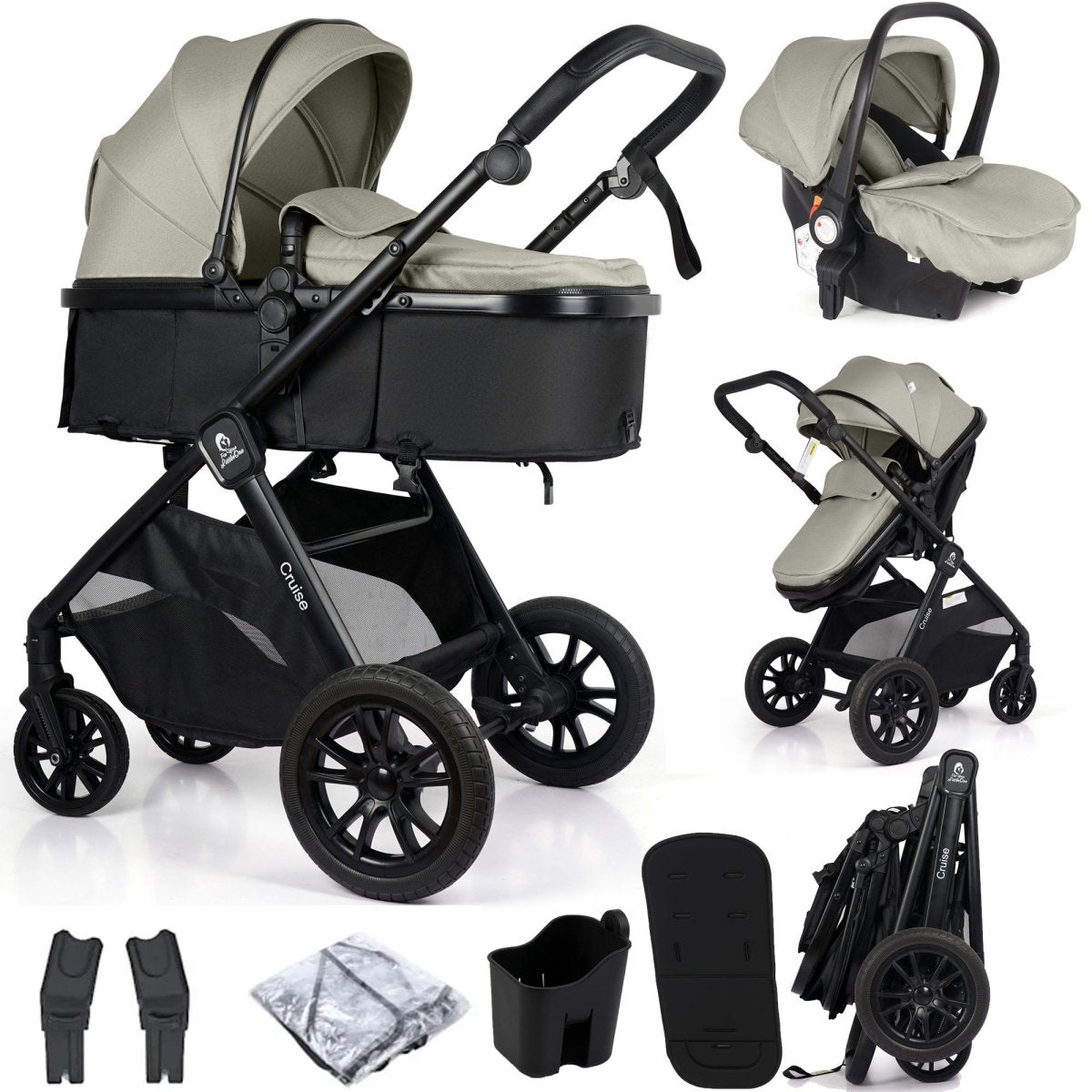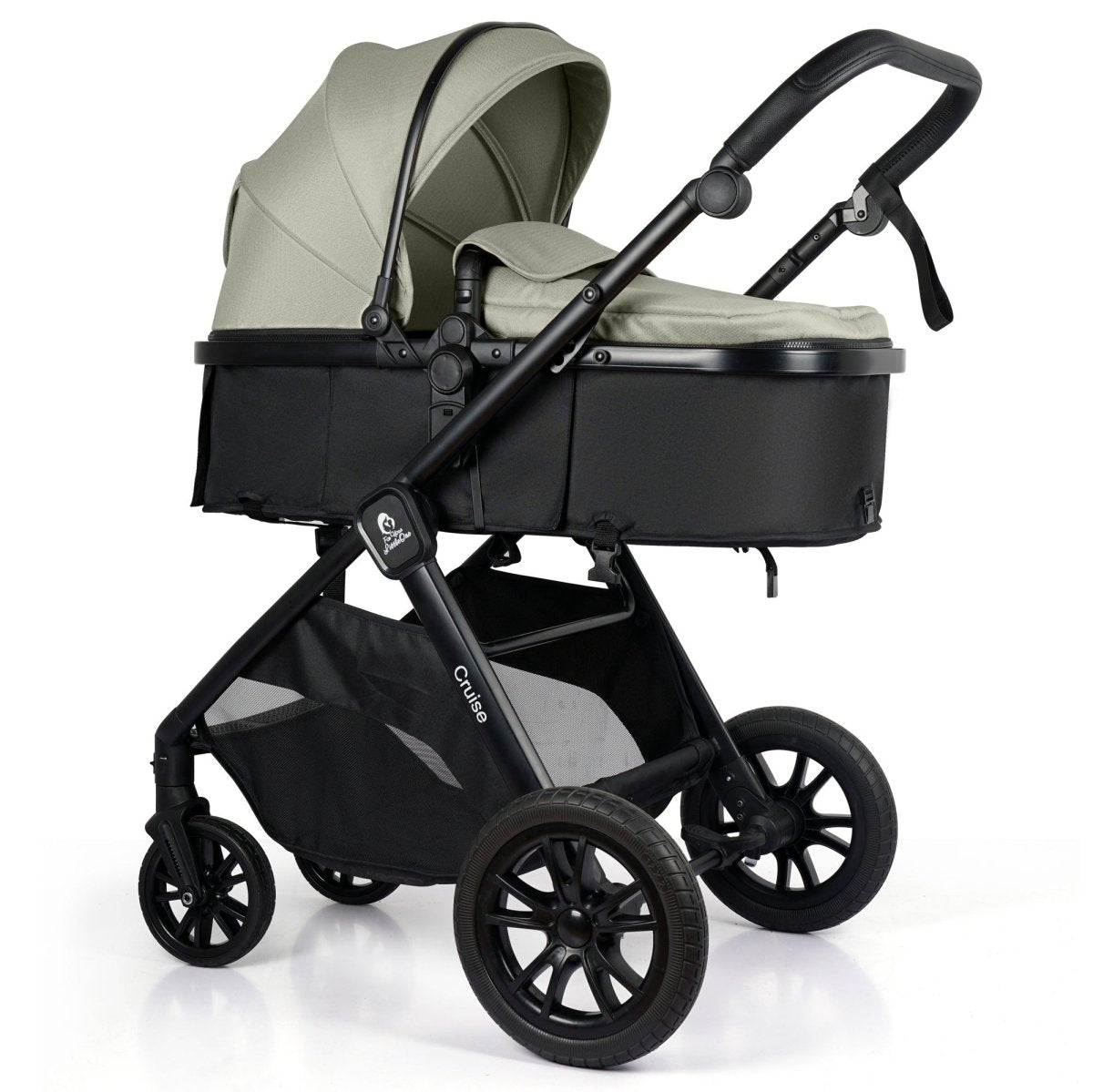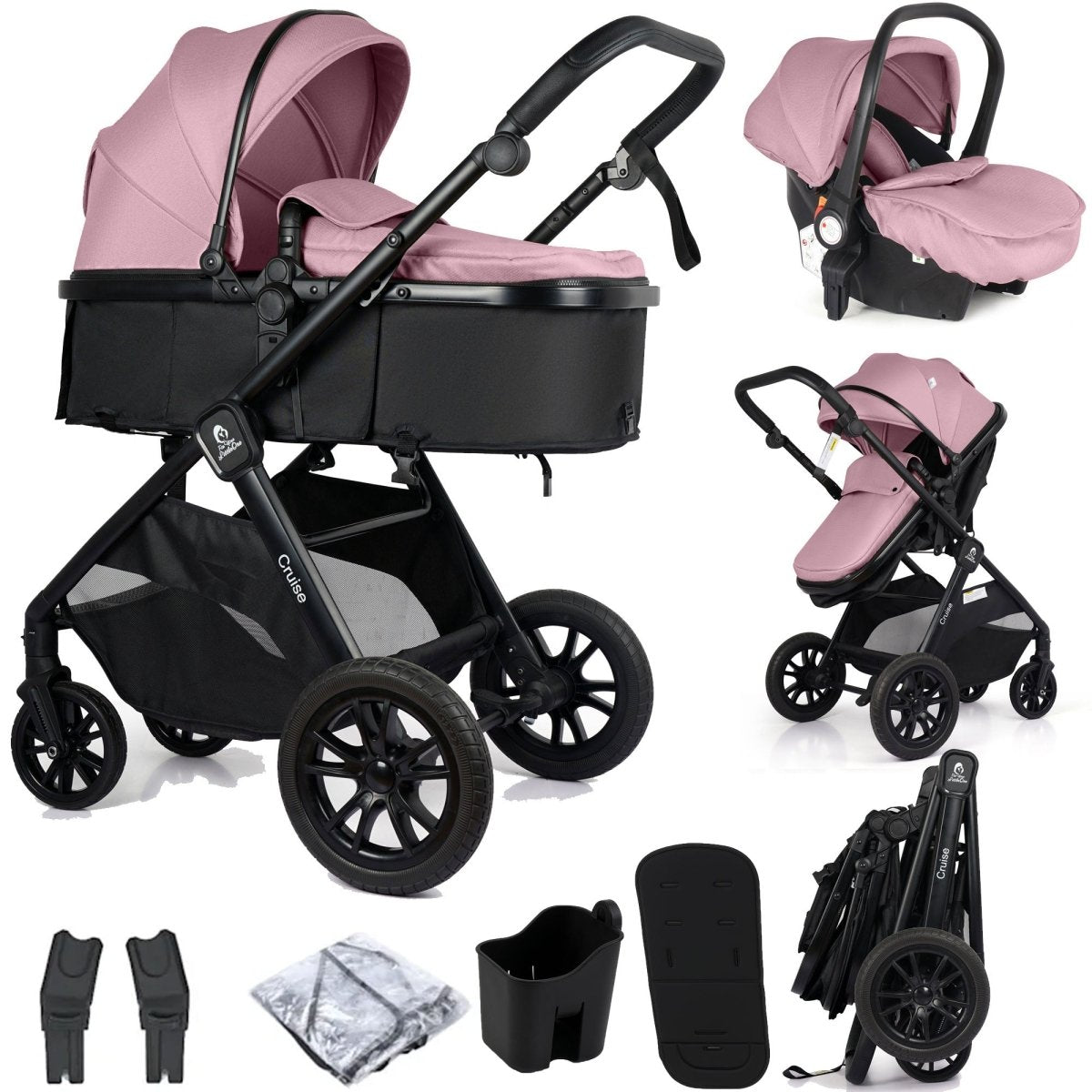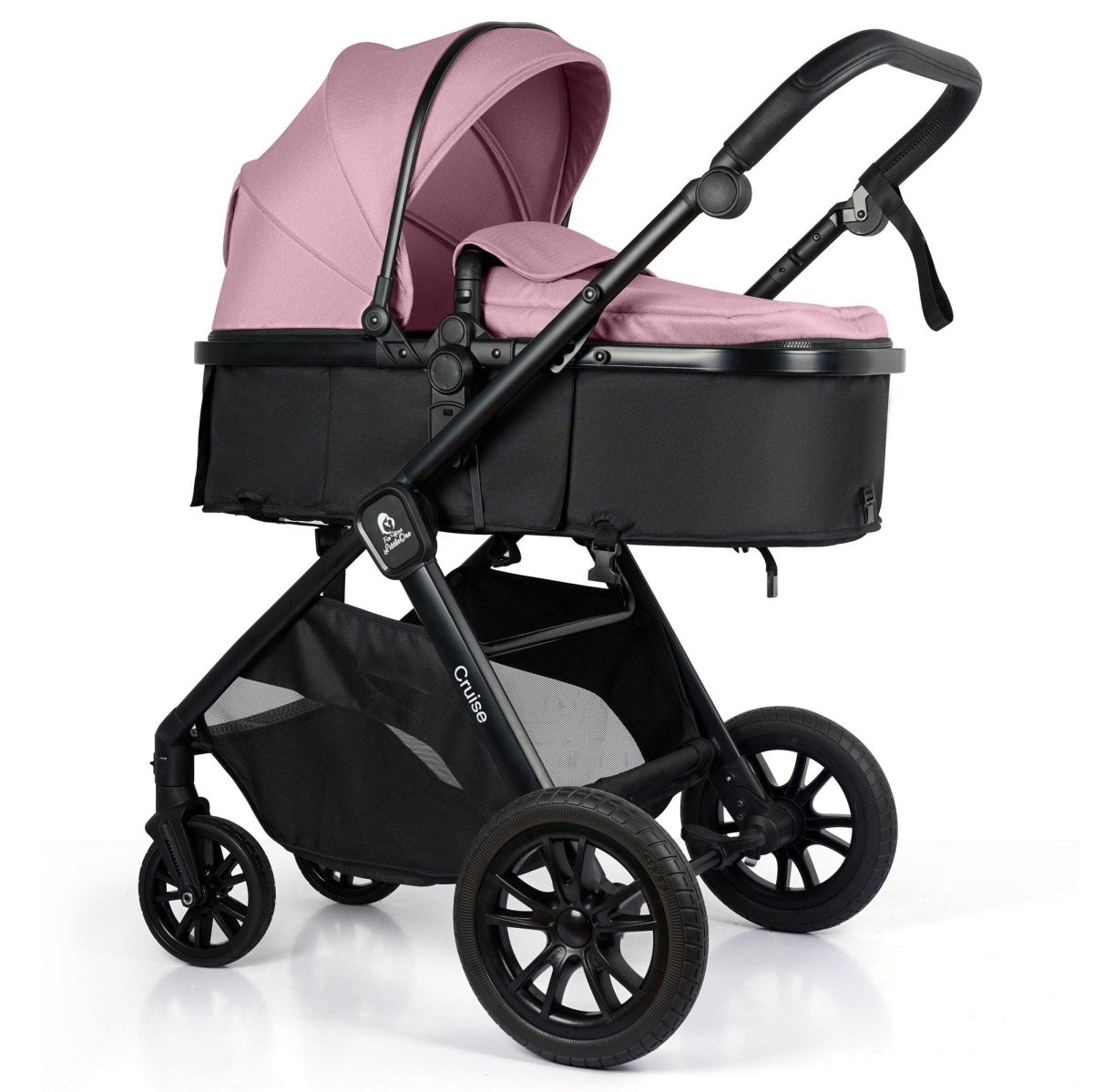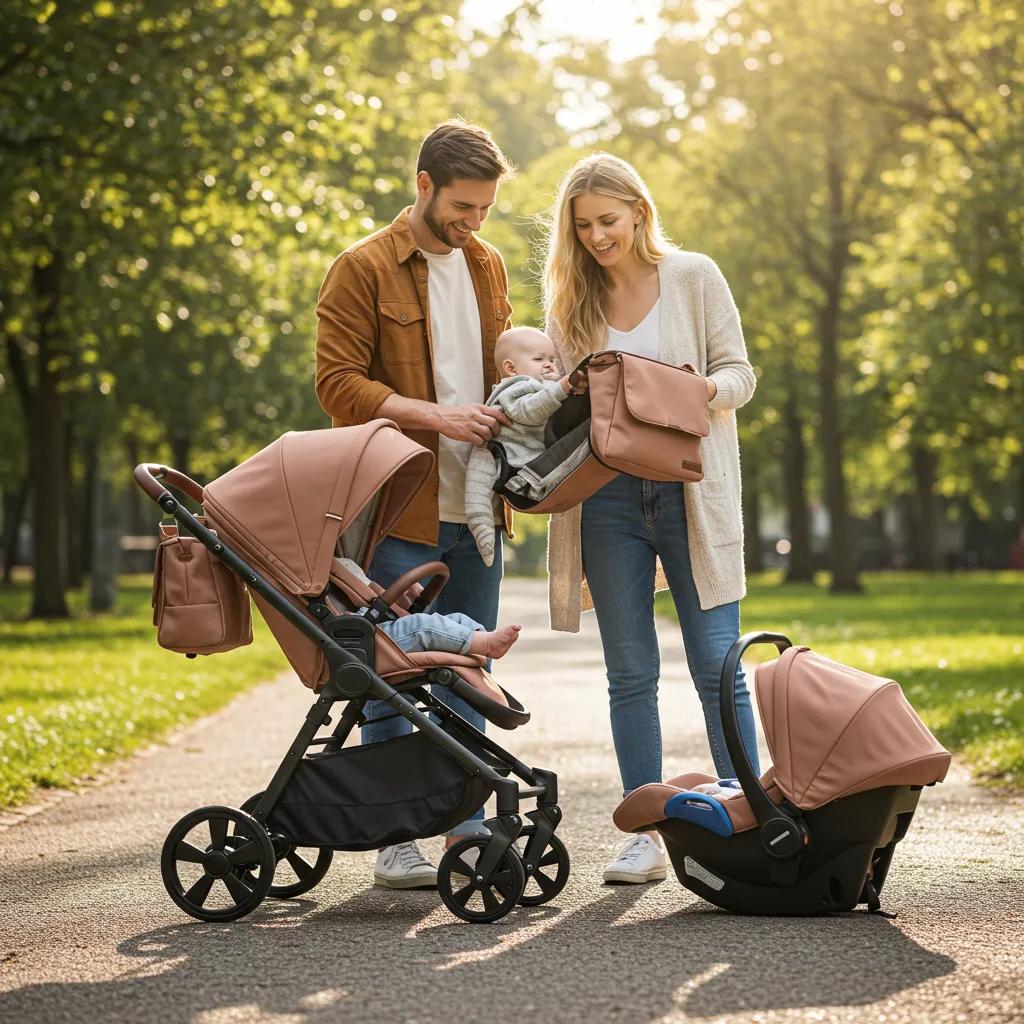Why Safety Matters in Baby Travel Systems: Essential UK Guide for Parents
Up to two-thirds of car seats in the UK are fitted incorrectly, putting little ones at serious risk. A baby travel system—combining an infant car seat, stroller and often a base—offers seamless transitions but only if it meets rigorous safety benchmarks. In this guide, you’ll discover the key UK regulations governing car seats and pushchairs, the critical features every travel system must have, practical selection and installation advice, and how For Your Little One’s travel systems deliver safety, value and ease.
What Are the Key UK Baby Car Seat Safety Regulations?
i-Size (ECE R129), ISOFIX and British pushchair standards work together to protect infants in everyday journeys. Understanding these rules ensures you choose compliant products that reduce injury risk and meet legal requirements in 2025.
What Is i-Size (ECE R129) and Why Is It Important for Baby Travel Safety?
i-Size (ECE R129) is a height-based European safety regulation that mandates rear-facing travel until at least 15 months and enforces rigorous side-impact testing to improve crash protection.
Key differences between i-Size and the older ECE R44 standard include:
- Height classification rather than weight bands for more precise fit
- Mandatory rear-facing orientation to safeguard head and neck
- Compulsory side-impact testing for enhanced collision resilience
This modern standard drives better protection and simplifies seat selection by matching your child’s stature.
A Comparison of R44 and I-Size: UK Child Restraint System Regulations
The European Union employs the R44.04 homologation standard for the assessment of child restraint systems (CRS). However, in 2013, a new regulation was introduced, known as Enhanced Child Restraint Systems (ECRS) or UNECE R-129. The initial phase of this regulation, termed Phase 1 or I-Size, incorporates novel performance criteria and enhances existing requirements for CRS concerning safety. This is achieved through the introduction of side-impact protection, classification based on stature rather than mass, the utilisation of ISOFIX, and mandatory rearward-facing installation until 15 months of age. Both regulations have been concurrently applied since 2013.
Comparative protocol study between R44 and I-Size regulations for child restraint systems, 2018
How Does ISOFIX Improve Car Seat Installation and Safety?

ISOFIX is a universal anchoring system that creates a rigid connection between the car seat and vehicle chassis, reducing installation errors by up to 70 percent.
Primary benefits include:
- Direct attachment points that eliminate loose belt routing
- Clear audible clicks to confirm secure fitting
- Minimized seat movement during a collision
By cutting out guesswork, ISOFIX boosts confidence and ensures optimal crash performance.
ISOFIX versus Seatbelt Installation: Effectiveness of Child Restraint Systems
The seat belt is a well-established intervention for reducing the risk of fatalities in road traffic accidents involving adults. However, for children, an alternative prominent safety system, the child restraint system (CRS), is employed for their protection. CRSs are not typically a standard feature of vehicles and require user installation. This study employed two distinct installation methods, ISOFIX with Top Tether and the traditional three-point seat belt, to compare the effectiveness of these systems in mitigating injury to child occupants.
A comparison between Isofix and seatbelt installation methods for child restraint system on child occupant performance, Y Ahmad, 2018
What Are the British Pushchair Safety Standards UK Parents Should Know?
BS EN 1888 and BS 7409 specify construction, stability, braking systems and harness requirements for prams and pushchairs in the UK.
Standards overview:
- BS EN 1888 covers structural integrity, fold mechanisms and harness anchorage
- BS 7409 mandates effective wheel brakes, resistance to tipping and robust locking systems
- Compliance labels or documentation prove testing to these benchmarks
Meeting these regulations means your pushchair resists rollover hazards and secures your baby correctly.
Which Safety Features Should You Look for in Baby Travel Systems?

A truly safe travel system combines multiple protective elements to guard your child in any setting.
When evaluating a travel system, ensure it includes:
- A 5-point harness that secures over shoulders, hips and between legs
- Certified side impact protection to shield from lateral collisions
- Reliable brakes and a stable chassis to prevent runaway strollers
- Design for extended rear-facing travel to protect an infant’s neck and spine
Together, these features create a resilient safety envelope for every journey.
Why Is the 5-Point Harness Critical for Baby Restraint?
A 5-point harness spreads crash forces evenly across your baby’s torso, shoulders and pelvis, preventing ejection or excessive forward movement. This restraint system reduces head injury risk by keeping the child firmly in place during sudden stops or impacts.
How Does Side Impact Protection Enhance Baby Travel Safety?
Side impact protection uses energy-absorbing materials and reinforced shells to cushion your baby from lateral collisions. By dissipating forces away from the head and spine, this feature significantly lowers the chance of serious injury in side-on crashes.
What Role Do Reliable Brakes and Stability Play in Pushchair Safety?
Effective brakes lock wheels securely on slopes and uneven ground, while a well-engineered chassis resists tipping. Together, they prevent runaway strollers and ensure a stable platform when loading or unloading your child.
Why Is Rear-Facing Travel Safer for Infants and How Long Should It Be Used?
Rear-facing seats support an infant’s fragile neck and spine by distributing impact forces across the back of the shell. Experts recommend keeping babies rear-facing until at least 15 months—and ideally up to four years—to maximise protection.
How Can Parents Choose and Install Baby Travel Systems Safely?
Selecting and fitting a travel system correctly is as vital as choosing quality components.
How Do You Ensure Compatibility Between Car Seat, Vehicle, and Pushchair?
Check manufacturer compatibility lists and use approved adaptors to match your car model with specific car seats and stroller frames. Ensuring a snug fit prevents wobble and maintains optimal crash performance.
What Is the 2-Hour Rule for Car Seats and How Does It Protect Your Baby?
The 2-Hour Rule advises limiting a baby’s continuous time in a car seat to two hours to prevent breathing restriction and spinal stress.
Practical tips:
- Plan breaks every 90 minutes for feeding or tummy time
- Use a lie-flat carrycot or remove the baby for a short walk
- Swap between stroller and car seat when possible
What Are the Step-by-Step Instructions for Safe Car Seat Installation?
Follow these numbered steps for a secure fit:
- Position the ISOFIX connectors on the vehicle anchors until they click.
- Adjust seat recline to the correct angle using built-in indicators.
- Tighten the load leg or top tether to minimise forward tilt.
- Conduct a firm shake test at belt path—no more than 2 cm of movement.
What Pre-Travel Safety Checks Should Parents Perform?
Before each journey, verify:
- Harness straps are untwisted and snug at shoulder height
- ISOFIX or seat belt is locked and free of slack
- Brake lever engages and releases smoothly
- Stroller joints and locking mechanisms function correctly
How Does For Your Little One Support Safe Baby Travel with Their Travel Systems?
For Your Little One delivers UK-compliant travel systems designed for maximum protection, ease of use and value.
Which For Your Little One Travel Systems Meet UK Safety Standards?
The Cruise 3-in-1 Travel System is i-Size certified, featuring built-in ISOFIX compatibility, advanced side impact protection and a 5-point harness that secures infants effectively.
What Unique Safety Features Do For Your Little One Travel Systems Offer?
For Your Little One integrates reinforced side shells, quick-locking ISOFIX bases and an adjustable 5-point harness in every model to reduce installation errors and protect against collisions.
How Does For Your Little One Provide a Hassle-Free and Safe Shopping Experience?
With competitive pricing, clear compliance labels and expert customer support at foryourlittleone.com, parents enjoy a smooth ordering process and reliable after-sales guidance for safe setup.
Every parent deserves peace of mind when travelling with their baby. By following UK regulations, choosing robust safety features, applying careful installation practices and exploring For Your Little One’s compliant travel systems, you can ensure every journey is as secure as it is convenient. Explore the full range today and travel with confidence.

